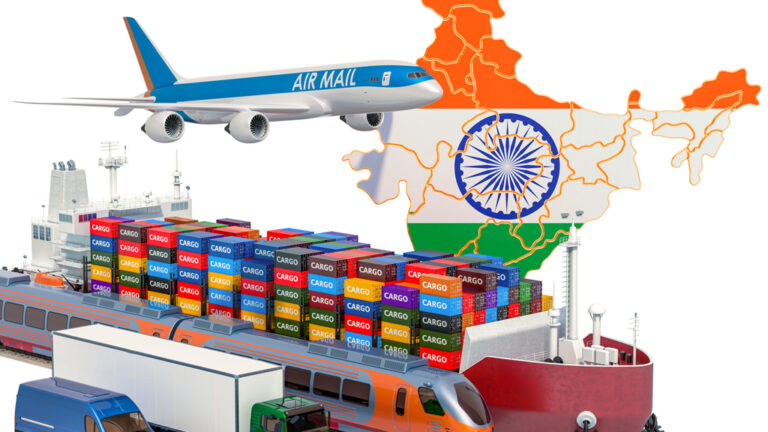The Govt. has announced several measures to help MSMEs survive the COVID crisis. Consider these practical steps to benefit from the many schemes.
First things first: What is an MSME Act?
The Micro, Small and Medium Enterprises Development Act, covers the promotion and development of micro, small and medium enterprises and increasing their competitiveness.
MSMEs have been defined under the MSME Act, 2006. According to the Act, MSMEs are split into two categories as per the revised classification applicable from 1st July 2020.
1.Manufacturing Enterprises and
2. Enterprises providing services
Based on the composite criteria of investment in plant & machinery and annual turnover, the micro, small and medium enterprises are defined as below,
- Micro enterprises: Investment in Plant and Machinery of not more than Rs.1 crore and annual turnover not more than Rs. 5 crore.
- Small enterprises: Investment in Plant and Machinery of not more than Rs.10 crore and annual turnover not more than Rs. 50 crore.
- Medium enterprises: Investment in Plant and Machinery of not more than Rs.50 crore and annual turnover not more than Rs. 250 crore.
Benefits of registering under the MSME Act
Units normally register to avail some benefits, incentives or support given either by the Central or State Govt. Registration of MSME under MSME Act is an enormously powerful medium to enjoy incentives offered by the Central Government. Benefits available under the MSME Act generally include:
- Easy finance from Banks, without collaterals
- Protection against payment delays from buyers and right of interest on delayed payment
- Preference in procuring Government tenders
- Stamp duty and Octroi benefits
- Concession in electricity bills
- Reservation policies for manufacturing/production sector enterprises
- Resolution of disputes with buyers through conciliation and arbitration
- Reimbursement of ISO Certification expenses
- Priority sector lending and differential rates of interest
- Excise exemptions
- Exemption under Direct Tax Laws
- Financial assistance for setting up testing facilities
- Statutory support such as reservation and the Interest on Delayed Payments Act.
- Subsidy on ISO Certifications
- Subsidy on NSIC Performance and Credit ratings
- Participation in Government purchase registrations
- Registration with NSIC
- Counter Guarantee from the Govt.through CGSTI
- Waiver in Earnest Money (Security Deposit) in Government tenders
- Stamp duty and Octroi benefits
- More weightage in price preference
- Lesser rate of interest from banks (subject to ratings)
- Free of cost Government tenders
How to get Government funding under MSME:
The application process for the main loan schemes for MSMEs
There are many Government schemes for MSME for the support of industries in the country. If you want to register and begin availing loan facilities earmarked for MSME sectors, here are the three main schemes you need to know. The application process is simplified, and these loans bring the prospect of growth and can be instrumental in scaling your business.
CLCSS (Credit Linked Capital Subsidy Scheme)
Under CLCSS, new technology is provided to the businesses so they can replace their old and obsolete technology. A capital subsidy is given to upgrade and have better means to do their business. Small, micro and medium enterprises can directly approach banks for subsidies.
Application process:
To claim subsidy under CLCSS, eligible units need to apply online via Primary Lending Institutions (PLIs). The PLI uploads the completed application through the Online Application and Tracking System to the attached Nodal Agency which, in turn, recommends the application online to the Office of DC (MSME) for release of subsidy. After processing of the application, approval is given by the Competent Authority with the concurrence of Internal Finance Wing. After this, funds are released to Nodal Agencies. The Nodal Agencies then transfer it to the PLIs where MSME holds the account.
CGTMSE (Credit Guarantee Fund Trust for Micro and Small Enterprises)
Ministry of MSME launched Credit Guarantee Scheme (CGS) to make strong the credit delivery system & help the flow of credit to the sector. To make the scheme operational, the Government of India (GoI) and Small Industries Development Bank of India (SIDBI) setup CGTMSE.
CGTMSE has introduced a new “Hybrid Security” product where a part of the credit is not covered by security. The scheme assures the lender that, in case the MSE unit that availed a collateral free credit fails to pay its dues to the lender, the CGTMSE will make good the loss incurred by the lender up to 50/75/80/85 percent of the credit facility.
Application process:
Since you cannot apply for the loan under CGTMSE Scheme over the internet, you will need to contact banks in your vicinity.
Step 1 – Form the Business Organization
Register the business according to the mode of operation. Obtain the necessary licenses and permissions, open a current bank account, and apply for a business PAN Card.
Step 2 – Prepare the Project Report/ business plan
As the project viability is the top consideration that the bank has, you must submit a project report with market analysis, ROI, break-even, and payback calculations.
Step 3 – Apply for the Loan
After getting the project report, you can apply for the loan. You can start talking to 2 to 3 nearby banks.
Step 4 – Get Coverage
Once sanctioned, the bank will apply for a subsidy to the CGTMSE organization by submitting various documents. After approval, you need to pay the CGTMSE guarantee & service fee (if applicable).
PMEGP (Prime Minister Employment Generation Programme)
Prime Minister Employment Generation Programme (PMEGP) is a subsidy scheme introduced by Khadi and Village Industries Commission (KVIC). PMEGP scheme provides government subsidy through designated banks that shall get disbursed to the entrepreneurs to their bank accounts. Under the PMEGP scheme, the maximum amount of the project permissible in the manufacturing sector is Rs. 25 lakh and Rs. 10 lakhs in the business or service sector.
Application process:
It is easy to apply for this loan. The application form is available online on the official website of Khadi and Village Industries Commission (KVIC) or you can click the link given below: https://kviconline.gov.in/pmegpeportal/jsp/pmegponline.jsp
This link directs you to an online application form which can be filled and saved. It can be printed and submitted to the nearby offices. State/Divisional Directors of KVIC offer the advertisements for this in consultation with KVIB and Director of Industries of respective States.
Apart from MSME schemes, you can also read about the Atmanirbhar Bharat scheme announced by the Government of India and the stimulus package for MSMEs.
Knowing how to benefit from the various Govt. schemes can help you with the much-needed capital and access to technology to sail smoothly through the crisis.






